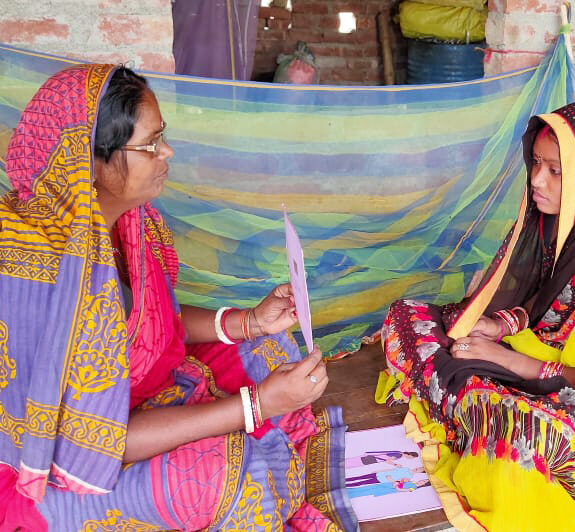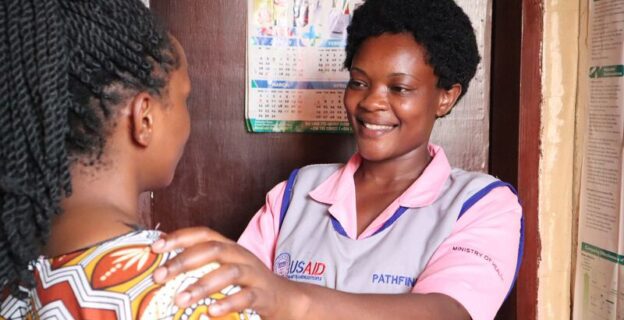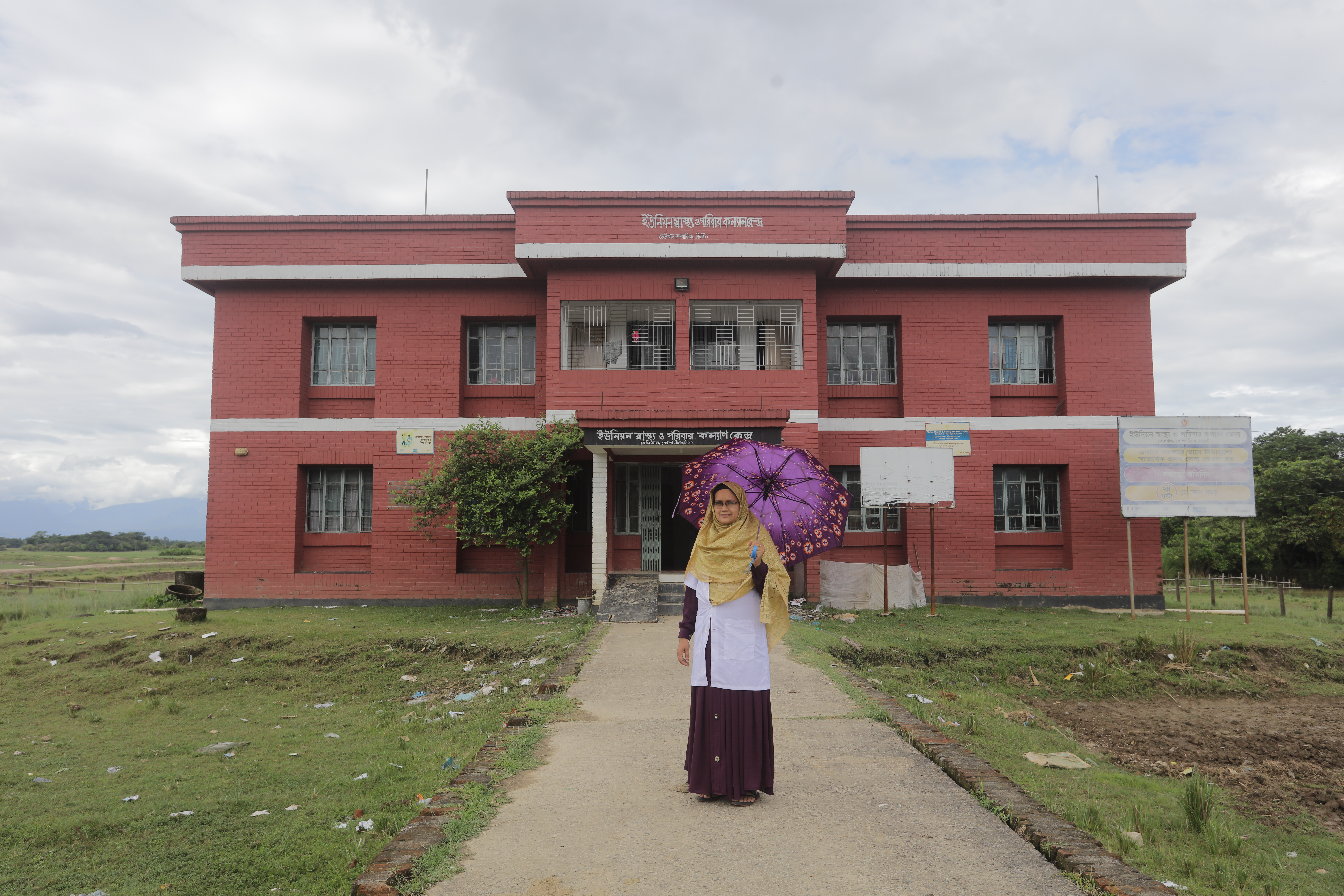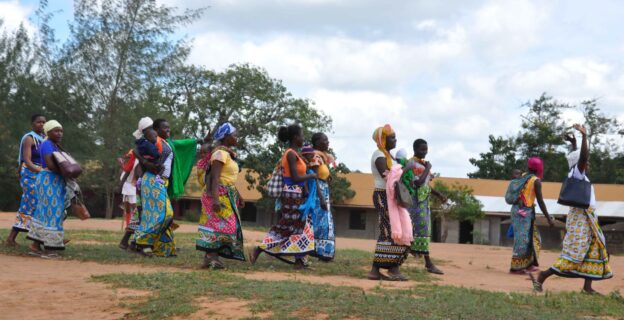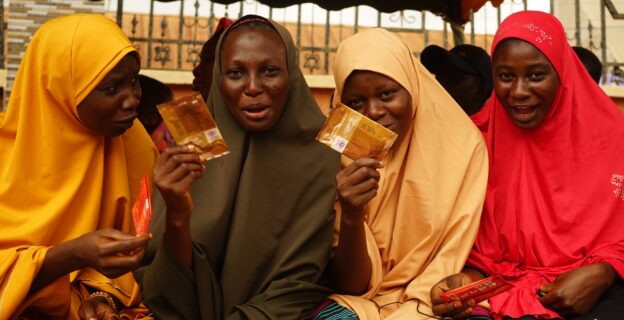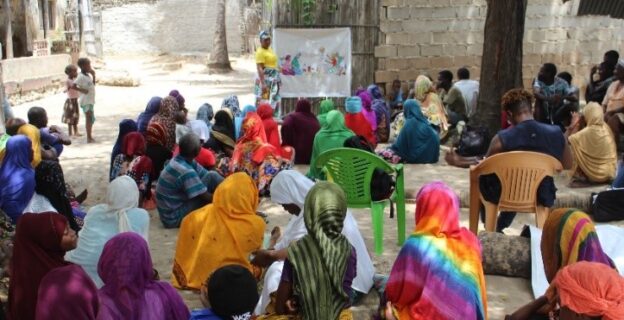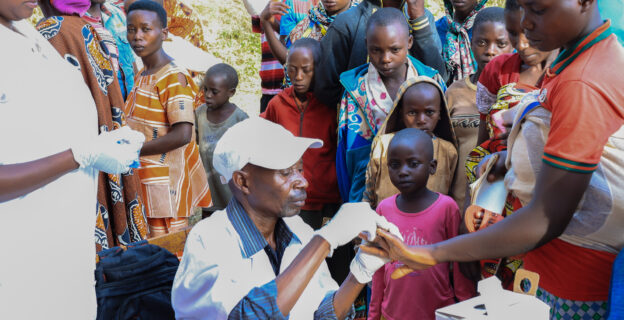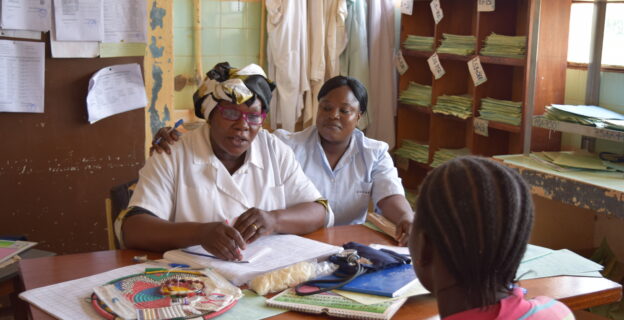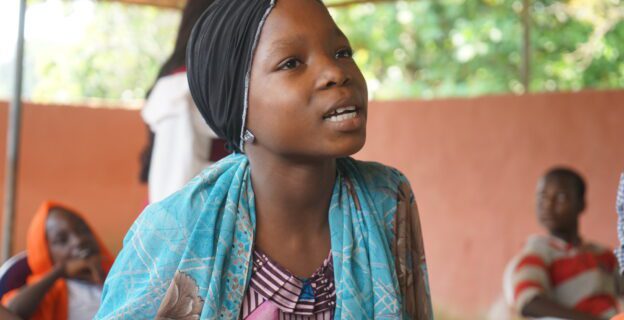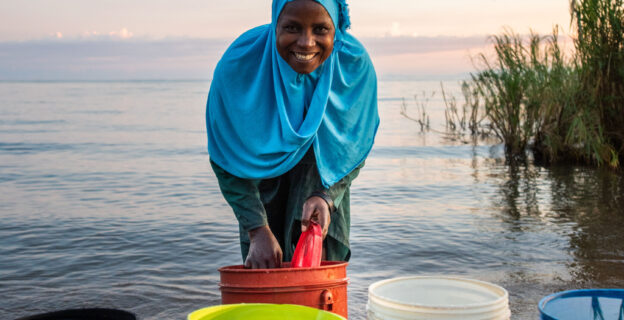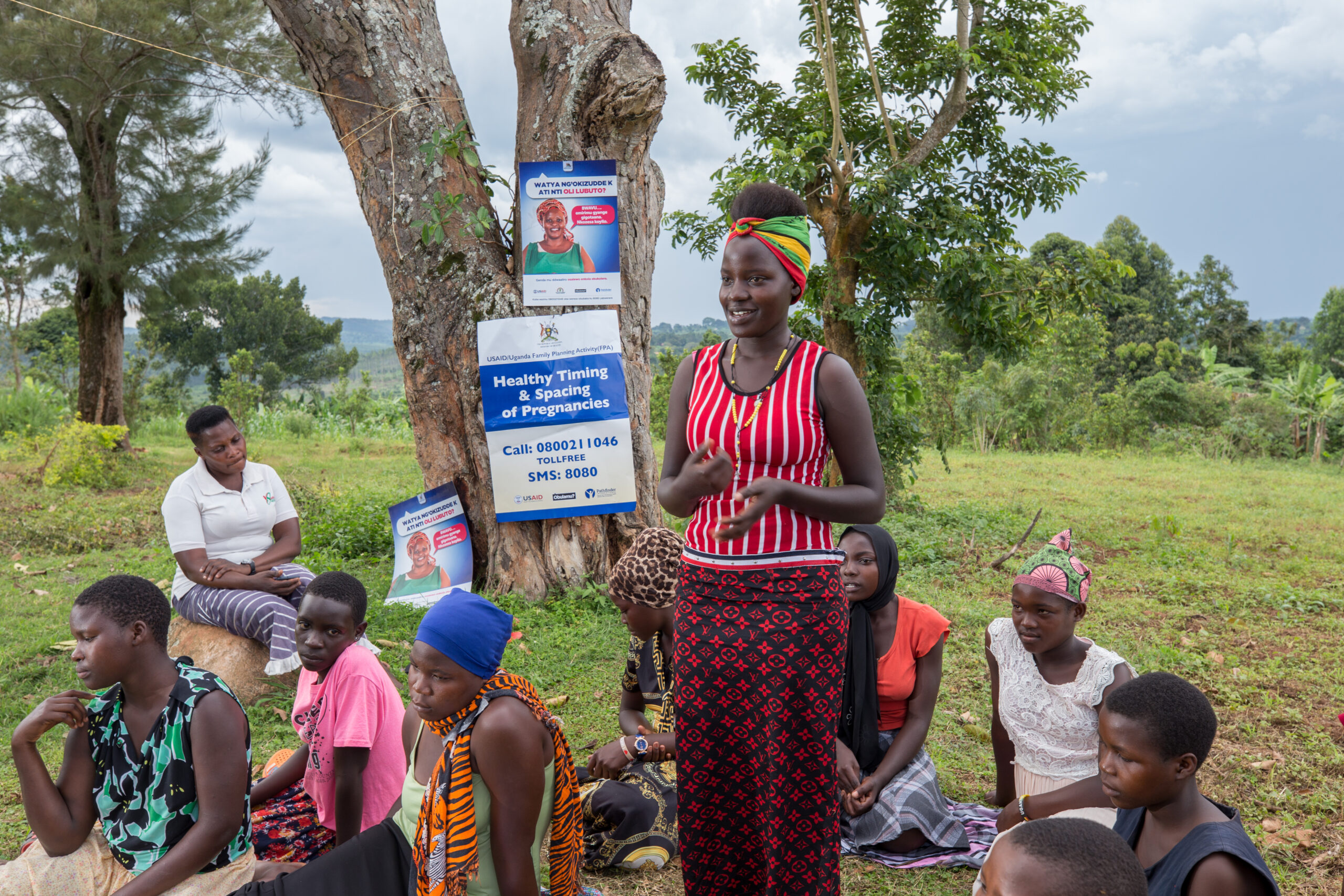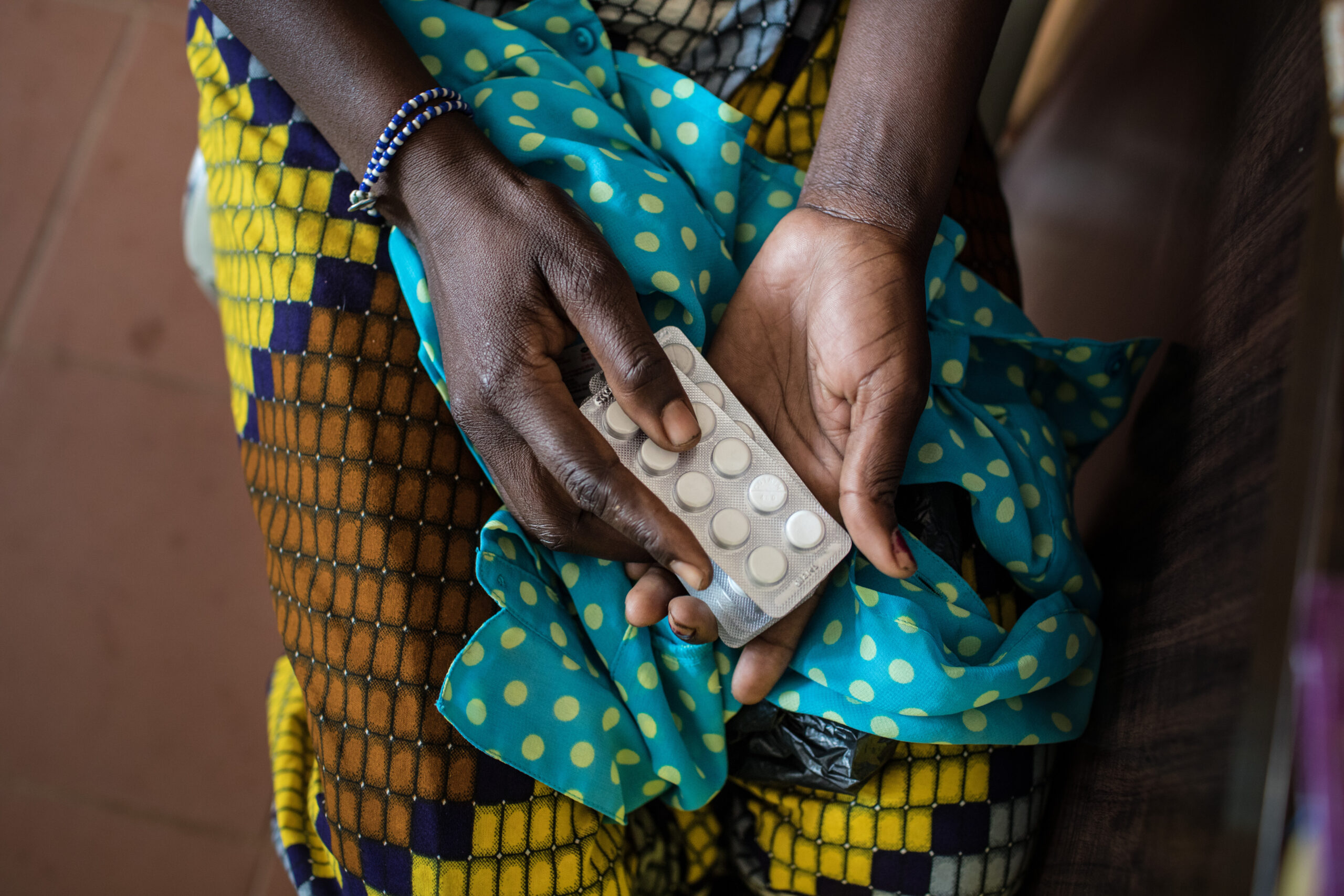Evidence From a Decade of Implementation of the PRACHAR Project
Background: Evidence on effective behavior change programming for sexual and reproductive health among married youth aged 15–24 in developing countries is lacking. To address this gap, we examined monitoring, evaluation, and special study data from the Promoting Change in Reproductive Behavior of Adolescents (PRACHAR) Project, which was implemented between 2001 and 2012 in Bihar, India, over 3 phases using 2 different implementation models (NGO- and government-led).
Methods: We conducted a synthesis of evidence from multiple PRACHAR studies to identify key findings on intervention effectiveness, scalability, and sustained effects on behaviors. Data were triangulated from quantitative population-based quasi-experimental evaluations from each project phase; the project’s performance monitoring database; and qualitative studies with beneficiaries.
Results: PRACHAR’s original comprehensive NGO-led model, which included behavior change elements and multiple overlapping communication channels (including home visits and small-group meetings), increased contraceptive use among young married couples, and these outcomes were sustained 4–8 years after project interventions ended. Several program elements were critical to the effectiveness of PRACHAR, including use of a socioecological intervention model with emphasis on behavior change efforts; use of a gender-synchronized approach that engages both male and female partners; and intensity of interventions calibrated to different moments in the life cycle of adolescents and youth. While the hybrid government-NGO model of PRACHAR implementation reached greater scale than the original NGO-led model, comparison of results suggests trade-offs in effectiveness of interventions and sustained impacts.
Conclusions: A decade of learning from the PRACHAR Project in Bihar, India, finds that comprehensive programming with gender-synchronized interventions tailored to specific life stages and aimed at different levels of the socioecological model can effectively increase contraceptive use among married young people in a conservative context. Shifting from a more intensive NGO-led model to less intensive government implementation enhances scalability but may have diminished impact on reach and long-lasting effectiveness.
